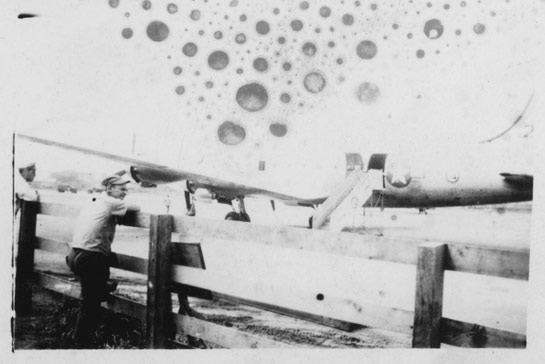Photography and Doubt
Doubt and trust need to be balanced against each other: You have to be comfortable and uncomfortable with your photographs at the same time.

In photography, trust and doubt are like yin and yang: You cannot have one without the other, you have to balance one against the other. Trust and doubt exist in a complex relationship. They don’t just have to balance each other, they also have to drive each other. Trust has a lot to do with one’s photographic instincts: To see the photograph, to take it, and to then know that what was there to be taken has in fact been taken. But doubt interjects, knowing that while what might have been taken has been taken, what was seen could have been seen in a different way. Trust is centered on the realization that one is a good photographer. But there is the doubt, the constant asking whether one might not become a better photographer. (more)
This makes doubt operate in slightly different ways than trust. Of course, any photographer needs the ability to question photographs. Too little trust close all the gaps that better stay open (see my earlier essay). In contrast, too much trust - photographic cockiness - will result in unpolished or superficial work, in bad edits. To create the perfect edit, for example, you need the ability to question your images, the way they work, the way they speak to each other.
Doubt hovers over everything. Your images could be as good as they get, your edit could be perfect, but you could still doubt everything, wondering whether things could not be better. A photographer has to learn to live with trust and doubt: Trying to eliminate one, leaving behind just the other, is a recipe for disaster. Doubt and trust need to be balanced against each other: You have to be comfortable and uncomfortable with your photographs at the same time.
But it is absolute essential to realize that doubt and trust are not just two sides of the same coin. There is an additional quality to doubt. There is the doubt that operates on a daily level, that questions whether one’s instincts have seen things correctly. But doubt also means questioning whether one could not refine one’s instincts. And it is this, which, I believe, makes photography so hard. To refine one’s instincts means to first accept them the way they are. What this means is that adding new photographs to a project for years, re-working the edit over and over again, is probably not the best way to grow as an artist. Instead, one must learn to accept things the way they are, allowing oneself to let go, to then move on.
Doubting one’s instincts must be balanced by trust again, but here it is not the trust in one’s images or instincts, but the trust - or maybe confidence - that one will be able to grow. Trust and doubt are thus essentially not a pair, they are two pairs, or maybe more accurately they operate on two different levels: On the level of the photographs themselves, and on the level of being an artist.
On the level of photographs, trust means to trust one’s instincts, to realize that the images convey what they are intended to convey and that some gaps serve the work. Doubt means to question all of that, to question whether a photograph is indeed a good photograph, whether an edit doesn’t have any holes, etc.
On the level of being an artist, doubt means to question one’s instincts, it means to see how and where one’s photographs are deficient in an artistic sense. This doubt must be balanced by the trust in oneself, the confidence that if (and only if!) one is willing to live with whatever current limitations there are, there will be less of them in the future.
To learn from your mistakes, you first have to make them. If you’re afraid of making mistakes, you deprive yourself of the chance to learn something.
Thus, a photographer has to learn how to balance trust and doubt, how to live with them both. Trust and doubt can fuel one’s work in amazing ways, but they can also become enormous road blocks. The creative friction between them can contribute greatly to what drives one’s work, and to one’s evolution as an artist.
image: vernacular photograph, from the author’s collection
 By
By